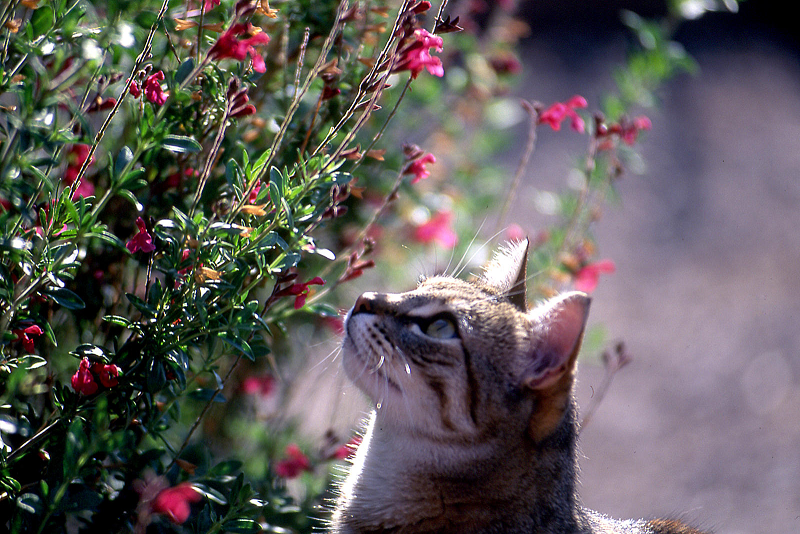Encouraging Native Bees with Flower Power
This is Passport to Texas
Fear of being swarmed by bees keeps some of us from adding flowering plants to our landscapes. Although native solitary bees are small in stature, that doesn’t stop us from being nervous when they’re nearby.
You know, folks have concerns about bees flying around in the yard and planting more flowers. The thing is that, even social bees, like honeybees, when they’re away from their nest and they’re foraging on flowers, they have no interest in you.
If you are allergic to bee stings, you may wish to err on the side of caution. Yet, Michael Warriner, non-game and rare species program leader for Texas Parks and Wildlife, says for the rest of us, embrace flower power.
If you plant more flowers, you don’t have to worry about these bees attacking you. Unless, you were to directly harass them. Let’s say, by grabbing them…or…something like that. But, otherwise, there’s no danger.
Pollinator populations are in decline because of habitat loss. Flowering plants help furnish food for them.
A robust population of solitary bees helps to ensure a thriving native ecosystem.
If you live in a condo or apartment, you can still help native pollinators by cultivating containers of flowering plants on your patio, balcony, or rooftop.
Find a list of plants for pollinators on the Texas Parks and Wildlife website.
The Wildlife Restoration program supports our series.
For Texas Parks and Wildlife…I’m Cecilia Nasti.



 Passport to Texas is a
Passport to Texas is a  Passport to Texas is made available by:
Passport to Texas is made available by: